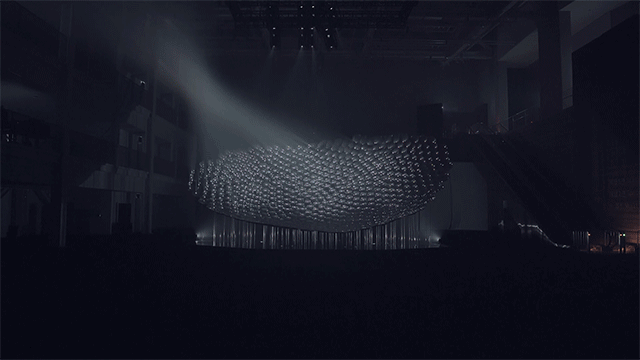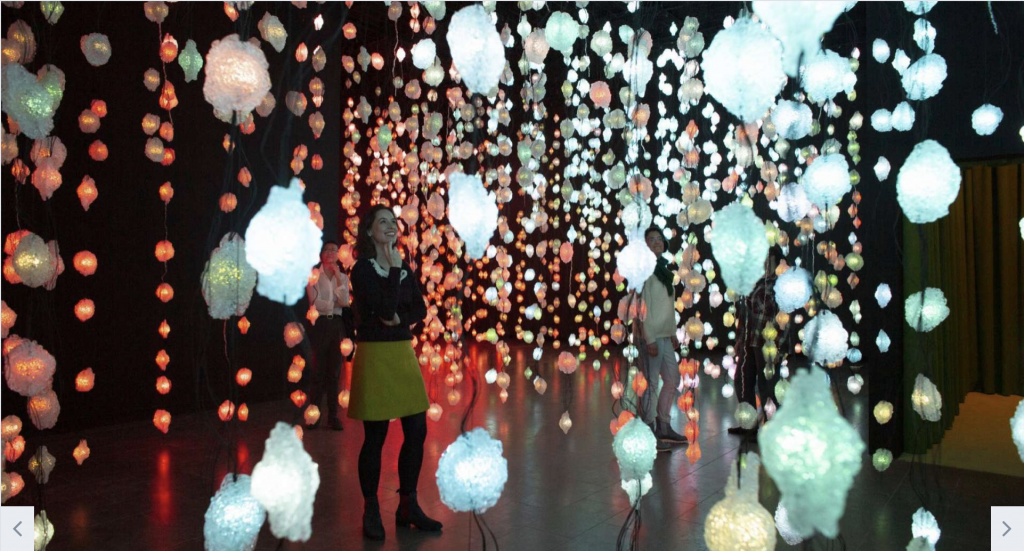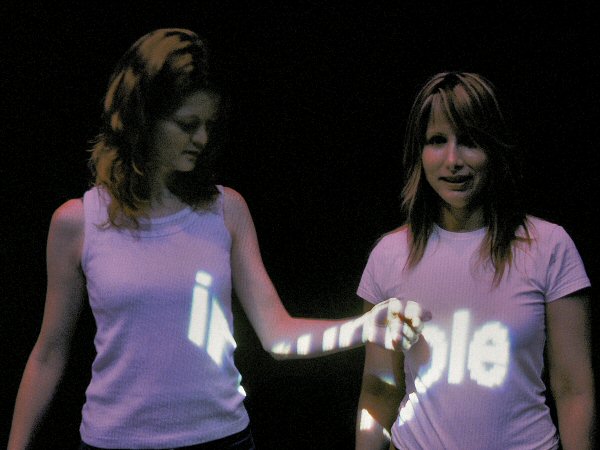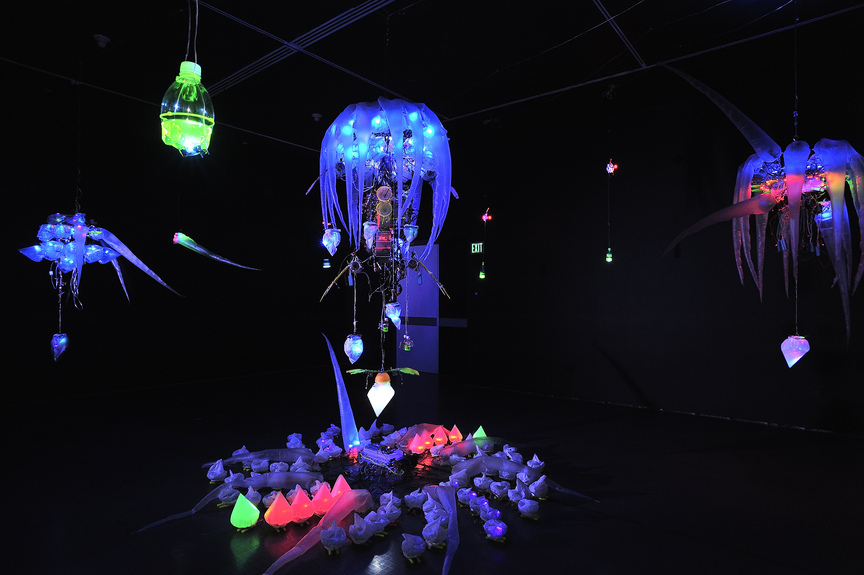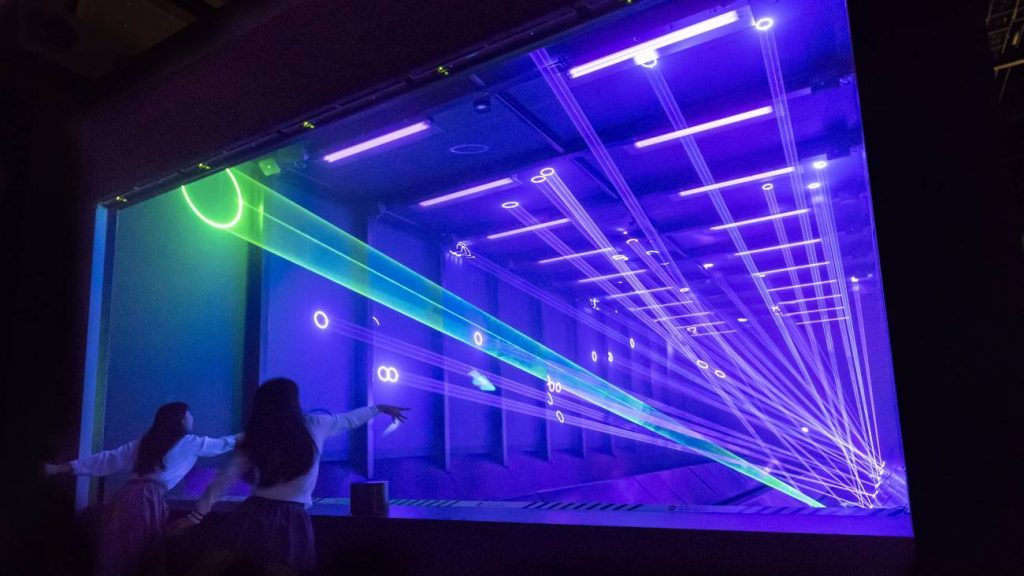//Siwei Xie
//Section 1-B
//sxie1@andrew.cmu.edu
//Project-01-self portrait
function setup() {
createCanvas(500,500);
background(220);
text("p5.js vers 0.9.0 test.", 10, 15);
}
function draw() {
//hair
fill(0);
rect(115,120,270,300);
//clothes
fill(122,35,76);
noStroke();
quad(150, 391, 345, 390, 450, 500,100, 500);
//face
fill(232,196,131);
noStroke();
ellipse(250,250,250,300);
//left eye
fill(3,3,3);
ellipse(200,250,40,20);
//right eye
fill(3,3,3);
ellipse(300,250,40,20);
//nose
fill(179,149,85);
triangle(250,260,240,300,260,300);
//mouth
fill(208,68,61);
ellipse(250,345,35,15);
//eyebrow
stroke(0);
push();
strokeWeight(5)
line(180, 230, 215, 230);
line(320, 230, 280, 230);
pop();
// left eye white
fill(255)
noStroke();
square(195, 245, 8);
// right eye white
fill(255)
noStroke();
square(295, 245, 8);
// right earring
fill(128,194,233);
arc(370, 300, 60, 60, 15, HALF_PI);
// left earring
fill(128,194,233);
arc(120, 300, 60, 60, 15, HALF_PI);
//hat
fill(0,0,196);
ellipse(250,135,285,125);
}
I think my sketch captures my facial features. Although I don’t have an artistic background, it was fun to add accessories such as hat & earrings to my portrait.
![[OLD FALL 2019] 15-104 • Introduction to Computing for Creative Practice](../../../../wp-content/uploads/2020/08/stop-banner.png)
